
B2B Healthcare Marketing: Viable Medical Business Solutions
The healthcare sector is undergoing a profound digital transformation. For businesses operating in the B2B …
28/08/2025 -
17 dk okuma
Stay up to date with Peakers
In today’s fast-growing aesthetics market, clinics must go beyond word-of-mouth to thrive online. As the global medical aesthetics market approaches $26 billion by 2028, competition is fierce. Patients now “do their homework” online before choosing a provider. For example, nearly 90% of young adults trust healthcare content on social media and over 40% use social media to choose doctors. This means aesthetic clinics must meet patients where they are – on Google, Instagram, TikTok, and more. A comprehensive digital strategy that combines SEO, content, social media, paid ads, and a great website can set your clinic apart and drive a steady stream of new patients online.
Low Consultation / Appointment Rates?
Increase Bookings with a Free Funnel Review.
We’ll identify drop-off points from click to consultation and recommend fixes that actually convert. Request your free review.
Success starts with knowing who you’re talking to. Aesthetic patients range from young professionals seeking subtle enhancements to older clients looking for anti-aging solutions. Use analytics and research to define your audience:
Answering these questions helps you craft patient personas and messages that resonate. For example, younger audiences might search for “lip fillers near me”, while older patients might look up “non-surgical facelifts”. Tailoring your marketing to these segments ensures that your messaging (images, copy, offers) speaks to their goals and anxieties. In a crowded field, even niche positioning helps – specialize in an area (say, rhinoplasty or skin rejuvenation) and emphasize your unique expertise so you stand out.
Your website is often the first impression a patient has of your clinic. It must blend beauty with function: easy to navigate, fast-loading, and mobile-friendly. In fact, 60% of consumers abandon a site if the user experience is poor, and over 64% of UK web traffic comes from mobile devices. Make sure your site meets these needs:
For more on optimizing your clinic’s website, see our full guide on healthcare website design for aesthetic clinics.
Most aesthetic patients start their search on Google (or other engines). SEO ensures your clinic appears when it matters. The goal is to rank high for relevant queries (“best med spa near me”, “lip filler clinic [city]”, etc.). Key SEO tactics include:
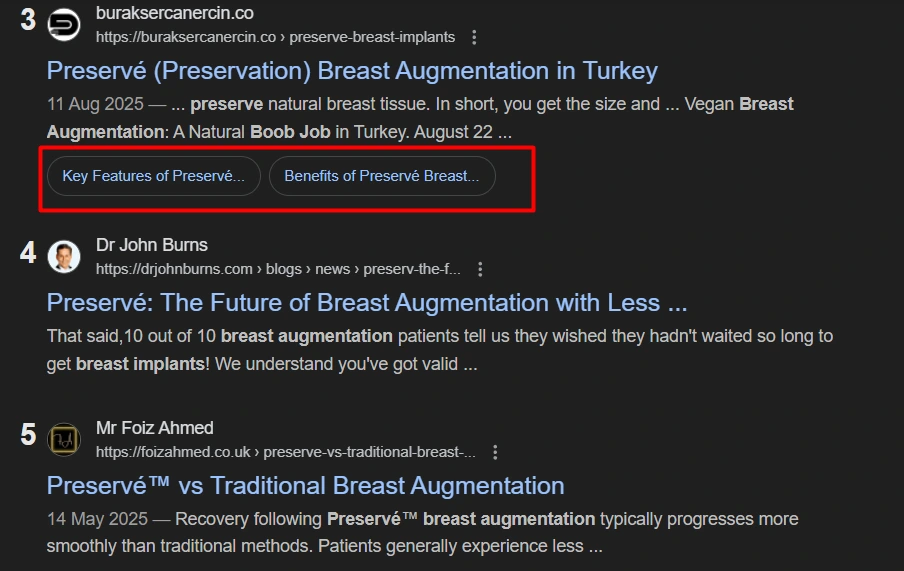
Keyword-Rich, Helpful Content: Integrate the terms patients search for into your service pages, blog, and FAQs. But focus on usefulness: content that answers questions ranks better. For instance, a clinic blog titled “What to Expect During Laser Skin Resurfacing” builds credibility and naturally includes keywords like “laser skin resurfacing [city]”.
Local SEO & Google Business Profile: Claim and optimize your Google My Business listing with accurate name, address, phone (NAP) and business hours. Add photos of your clinic and encourage clients to leave reviews on Google, which improves local rankings. Ensure your clinic is listed in online directories and medical listings with consistent info. Research shows 46% of all Google searches are local, and local searches are much more likely to convert. In fact, users are 2.7× more likely to consider a business credible if it has a complete Google Business Profile.
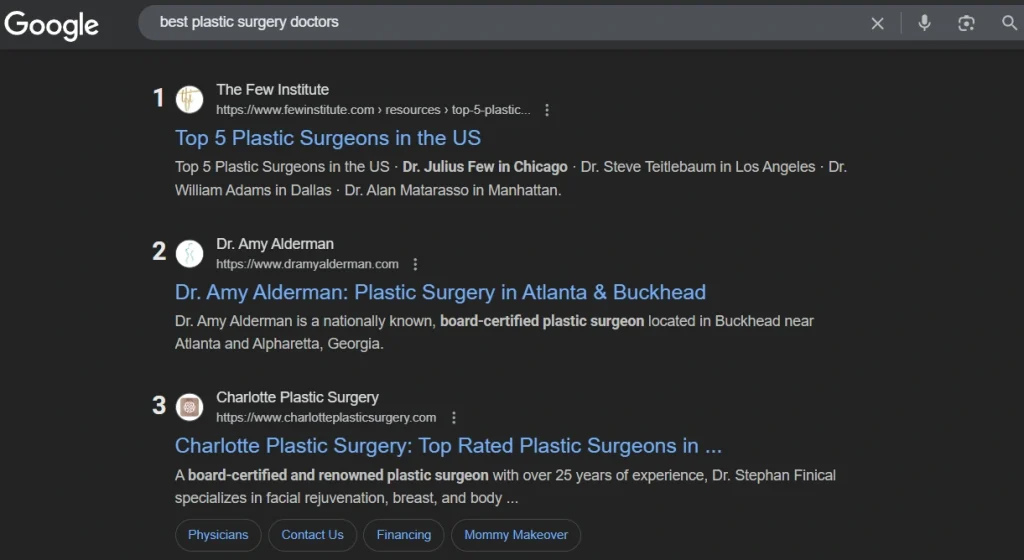
On-Page SEO: Use descriptive page titles, meta descriptions, and headings. For example, a page about Botox might be titled “Botox Treatments – [Clinic Name] in [City]”. Include testimonials and any awards/certifications as content – these increase “E-A-T” (Expertise, Authority, Trustworthiness) for YMYL (Your Money or Your Life) queries, which Google emphasizes for health topics.
Link Building: Earn links from reputable health or beauty sites (local press features, partnerships, blogger reviews) to boost your domain authority. Quality backlinks help Google see your clinic as trusted.
– Awareness Stage: Patients identify a concern (e.g. “wrinkles”). Content here explains the problem and solution (e.g. blog posts or videos about preventing wrinkles with treatments). Ensure your clinic appears in both organic results and the local “Map Pack” for relevant searches.
– Consideration Stage: They research options. Showcase your work: detailed descriptions of treatments, high-resolution before/after galleries, and patient stories or testimonials. For instance, highlight certifications, surgeon profiles, or an “Our Results” gallery. User reviews from Google or Yelp embedded on site can tip the decision.
– Decision Stage: They’re ready to act. Provide clear pricing info, booking forms, and easily accessible contact details. Prompt them to take action with limited-time offers or guarantee calls (“Schedule a free consult!”).
– Local SEO is especially crucial – 78% of local mobile searches result in an offline purchase (an appointment). By consistently optimizing, your clinic will rise in local searches, putting you in front of nearby patients ready to book.
Content is king in the aesthetics world. Patients want to learn before they book. Educational content not only improves SEO but builds trust and authority. Key content strategies for aesthetic clinics include:
Blog Posts and Articles: Write informative posts about each treatment: e.g. “What to Expect with Dermal Fillers,” “5 Skincare Tips After a Laser Peel,” or “Menopause and Skin Aging.” These posts answer common patient questions and naturally incorporate keywords. For example, some of our Clinic’s blog covers FAQs and detailed treatment guides to educate readers.

Before-and-After Galleries: Show real patient results (with consent) in a well-organized gallery. Each set of photos (or short videos) should tell a story: “This patient’s brow lift results at 3 months.” Patients relate to authentic transformations. Visual proof of success is more compelling than words.
Showcase educational or transformational content with images and testimonials. Clinics often use visuals to highlight real patient outcomes.
Patient Testimonials & Stories: Share videos or case studies of satisfied clients describing their experience. Personal narratives (“I regained confidence after my rhinoplasty”) are powerful. According to marketing best practices, content featuring real patient journeys sparks empathy and trust. Embed these in your site and social media.
Video Content: Short, high-quality videos are hugely effective. Consider: procedure explainers (animation or live), doctor Q&A sessions, and even clinic tours. Platforms like YouTube, Instagram, and TikTok support these. For example, some clinics create TikTok videos showing a patient prepped for a lip filler and then the end result to capture interest. Videos can humanize your brand and help viewers feel comfortable with procedures.
Infographics and Guides: Visual guides (charts, infographics) about how treatments work or recovery timelines can engage patients who prefer graphics. For instance, an infographic breaking down the steps of a chemical peel makes the process clear. These are great for sharing on Pinterest or Facebook.
Education on New Technologies: The aesthetic field evolves rapidly (new lasers, injectables, or AR “virtual try-on” tools). Publish articles or demos about these innovations. Not only does this inform patients, it positions your clinic as cutting-edge.
By publishing content regularly, your clinic becomes a go-to resource. Content marketing drives SEO, provides shareable material for social media, and keeps leads engaged until they’re ready to book.
Aesthetic patients live on social media, especially Instagram, Facebook, and TikTok. These platforms let you showcase visuals, engage followers, and build your brand. Effective social strategies include:
Before/After Posts: Regularly post high-quality before-and-after photos (always with patient consent) on Instagram/Facebook. According to industry guides, a well-curated gallery of transformations (“look what we did here”) is highly persuasive. Use engaging captions that tell a quick patient story or highlight the benefit.
Hashtag Campaigns and Challenges: Create branded hashtags (e.g. #GlowUpWithXYZClinic) and encourage clients to share their experiences. Contests or challenges (like “Post your post-treatment selfie with #XYZResults”) can boost visibility. Healthcare campaigns have shown viral growth using simple hashtags and patient participation.
Influencer Collaborations: Partner with local influencers or micro-influencers (beauty bloggers, fitness gurus) to showcase your clinic. They can share their experiences and amplify your reach. For instance, a skincare influencer live-streaming a laser session can generate buzz.
Interactive Content: Use features like Instagram Stories polls (“Which lip color do you like?”), Q&A stickers, or live “Ask the Doctor” sessions. This invites your audience into a conversation, breaking the “advertisement” barrier. Over time this builds a loyal follower base.
Educational Reels and TikToks: Short video clips explaining a procedure or answering FAQs can “go viral” to broader audiences. For example, a fun TikTok might show “5 things to avoid before Botox” with upbeat music. Such content drives engagement and positions your clinic as approachable.
Regular Posting & Community Management: Consistency matters. Post at least a few times a week, and always respond to comments or DMs quickly. Engage with followers by liking their comments, answering questions, and occasionally featuring user-generated content (with permission). Active engagement fosters community and trust.
Social platforms also allow precise ad targeting (next section). Overall, a strong social presence increases brand awareness and patient loyalty in the aesthetics space.
While organic reach grows steadily, paid ads can give your clinic an immediate boost. Used smartly, they deliver your message to people already looking for your services. Key tactics include:
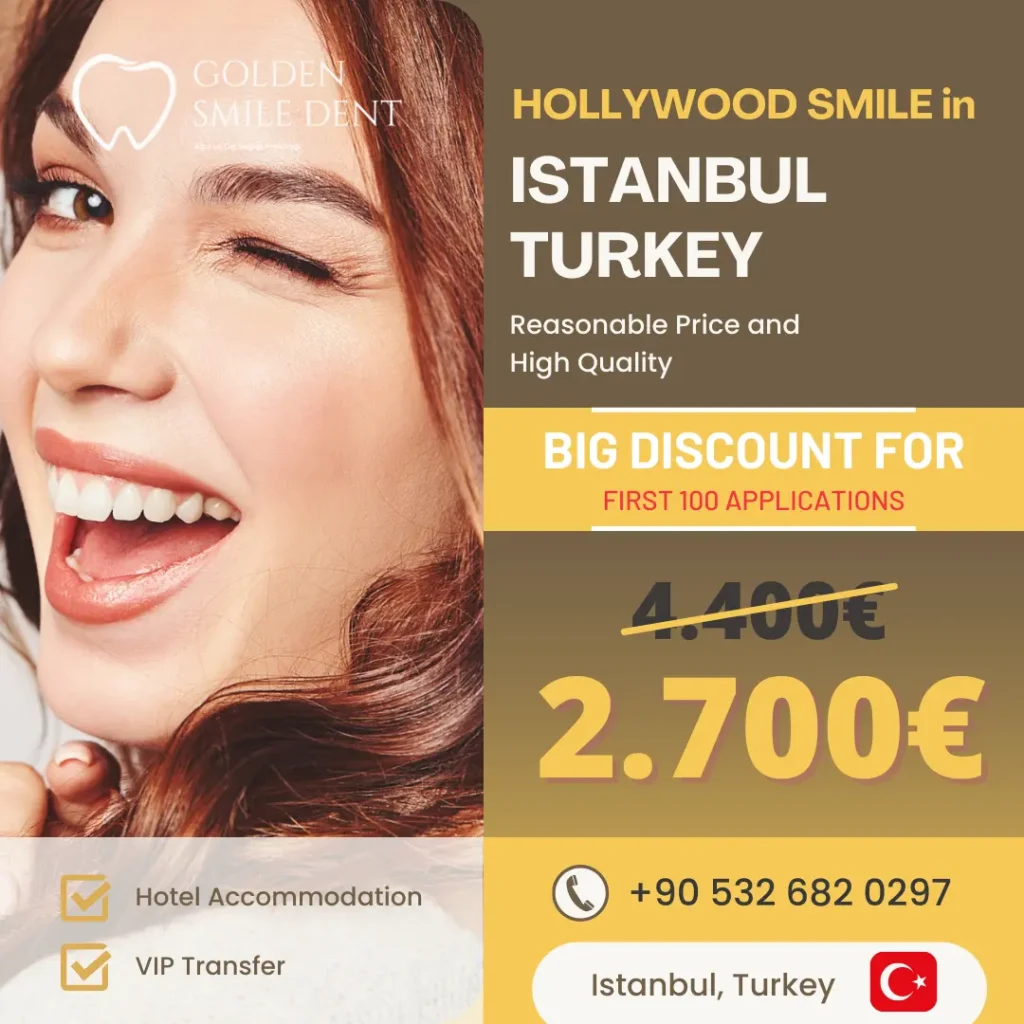
Digital agencies stress a data-driven approach to ads: set clear goals (bookings, consultations, brand awareness), continuously monitor performance (click-through rates, cost-per-click, lead count) and reallocate budget to the best-performing campaigns. With targeted ads and SEO working together, you capture both active searchers and browsers with interest in beauty treatments.
Word-of-mouth has simply moved online. Potential patients heavily rely on reviews and ratings when choosing aesthetic providers. A solid reputation strategy includes:
Example of patient testimonial on an aesthetic clinic’s page. Showcasing real clients and their positive stories builds credibility and trust.
A great online reputation becomes a self-reinforcing engine: more reviews -> higher rankings & trust -> more patients -> more reviews. Don’t underestimate the power of social proof in medical aesthetics.
Acquiring new patients is vital, but keeping them coming back builds long-term success. Email is a cost-effective way to engage past and prospective clients:
A savvy email strategy nurtures leads and turns one-time customers into lifelong advocates. It also provides another channel to share content (blogs, videos) to reinforce your expertise.
Staying ahead means adopting new tools that make patient experiences seamless:
By monitoring emerging trends (like the increasing emphasis on personalization and digital health), your clinic can innovate—whether it’s introducing a new service or partnering with a medical spa aggregator. In short, blend innovation with trust: patients still expect safety and expertise, even as marketing channels evolve.
While an in-house team can handle basics, a specialized healthcare marketing agency brings expertise and efficiency tailored to medical aesthetics. Here’s why clinics choose an agency like Digipeak:
In summary, working with a specialized agency means gaining seasoned guidance. The right partner acts as an extension of your team, keeping you informed (regular reports) and aligning with your clinic’s values. Check out our full guide on healthcare marketing agencies to learn more about how we help clinics grow.
No marketing campaign is set-and-forget. It’s crucial to track performance and refine your efforts:
As one Digipeak analysis noted: “Tracking key metrics – click-through rates, form submissions, calls – lets us prove ROI and show exactly how digital ads drive new patients.”. Keep iterating. The aesthetic industry evolves (new treatments, platforms), so adapt your marketing to stay ahead of patients’ changing needs.
Digital marketing offers countless tools to attract more patients to aesthetic clinics. By understanding your audience, crafting a standout website, producing engaging content, leveraging SEO, using social media wisely, and deploying targeted ads, you create a cohesive online presence that converts. Remember to encourage reviews and nurture patients via email to maximize lifetime value.
Innovation and personalization are key: use new tech (AR previews, teleconsultations) and stay on top of trends (like AI-driven personalization) while always emphasizing safety and trust in your messaging. For expert help, Digipeak’s proven healthcare marketing strategies and creative team are here to partner with you.
Ready to grow your clinic? Explore our Health Industry Ad Campaigns guide and other resources (website design, SEO, and trend reports) to take the next step. By embracing these digital strategies, your aesthetic clinic can stand out online, attract new patients, and achieve lasting success.
Get an Offer


Join Us So You Don't
Miss Out on Digital Marketing News!
Join the Digipeak Newsletter.
Related Posts

The healthcare sector is undergoing a profound digital transformation. For businesses operating in the B2B …
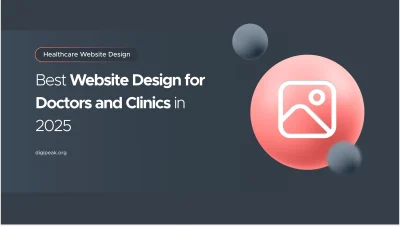
As more patients turn to Google and smartphones for health information, a clinic’s website design …
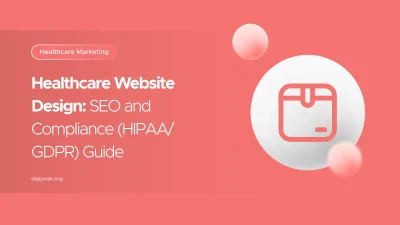
Healthcare websites serve as a digital marketing front door for practices and hospitals, so they …

today’s competitive dental industry, a polished, optimized website is the cornerstone of attracting new patients. …